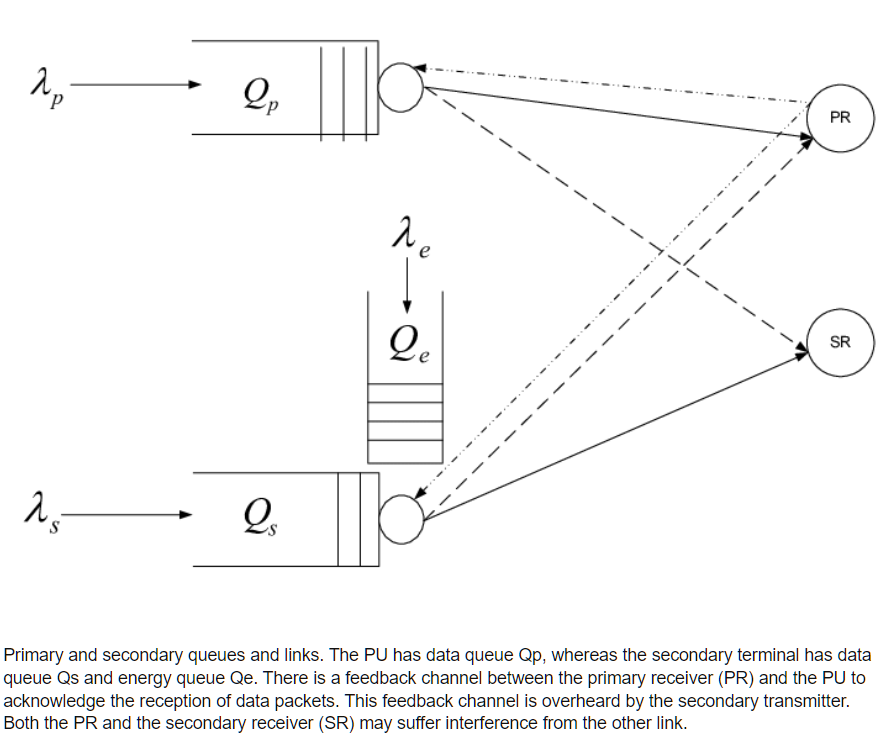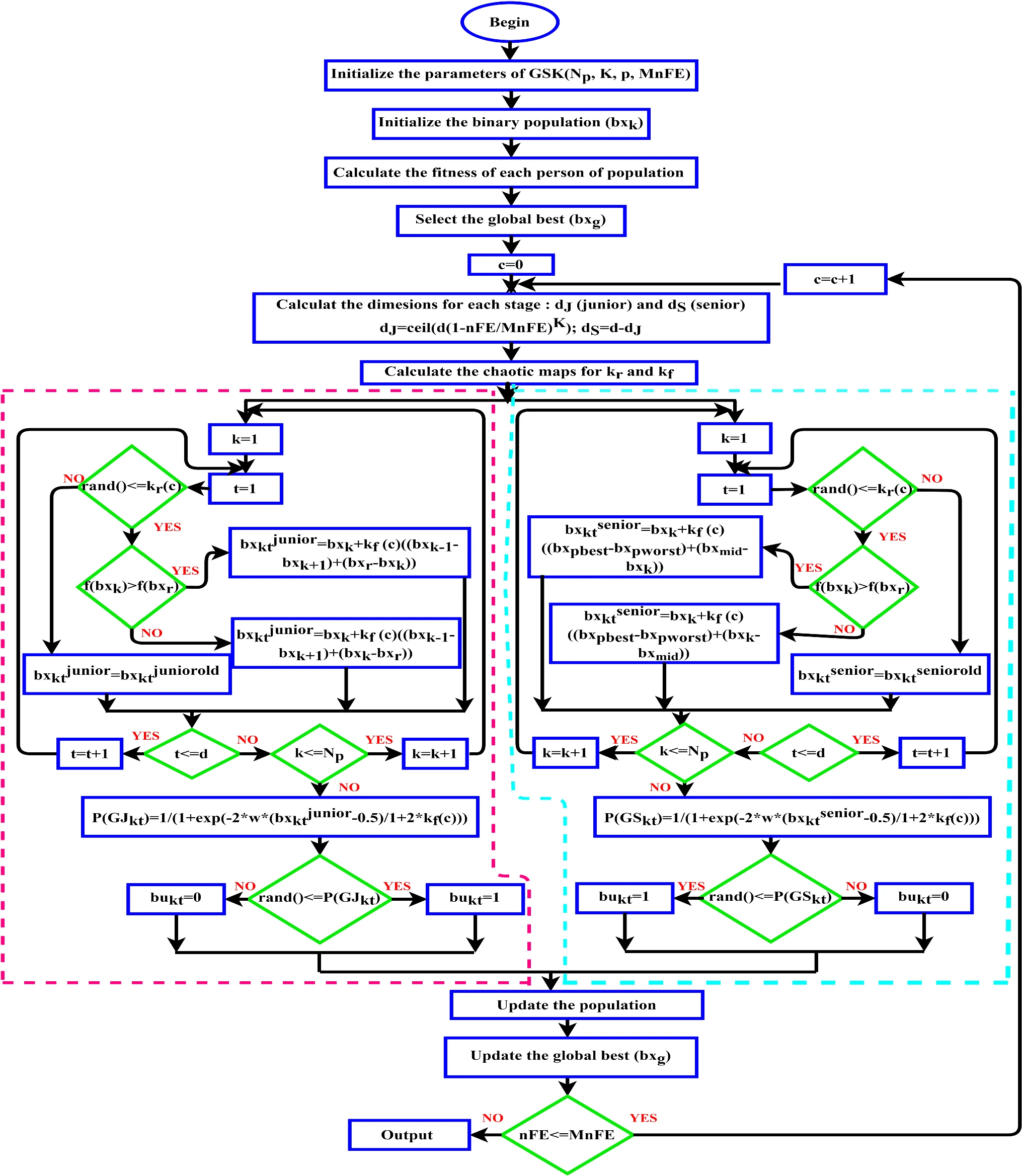Breadcrumb
The deterministic multicast capacity of 4-node relay networks
In this paper, we completely characterize the deterministic capacity region of a four-node relay network with no direct links between the nodes, where each node communicates with the three other nodes via a relay. Towards this end, we develop an upper bound on the deterministic capacity region, based on the notion of a one-sided genie. To establish achievability, we use the detour schemes that achieve the upper bound by routing specific bits via indirect paths instead of sending them directly. © 2013 IEEE.

Optimal random access for a cognitive radio terminal with energy harvesting capability

Optimal random access and random spectrum sensing for an energy harvesting cognitive radio
We consider a secondary user with energy harvesting capability. We design access schemes for the secondary user which incorporate random spectrum sensing and random access, and which make use of the primary automatic repeat request (ARQ) feedback. The sensing and access probabilities are obtained such that the secondary throughput is maximized under the constraints that both the primary and secondary queues are stable and that the primary queueing delay is kept lower than a specified value needed to guarantee a certain quality of service (QoS) for the primary user. We consider spectrum sensing
Geographic Routing with Cooperation for Reliable Paths in Device-to-Device Networks
In this paper, we introduce a novel geographic routing with cooperation scheme for 5G Device-to-Device ad hoc networks. The prime focus of our scheme (coined Cooperative Routing for Reliable Paths (CRRP)) is to enhance the routing performance in cooperative communication networks in terms of the path length and reliability. In particular, it introduces novel algorithms for cooperative relay and forwarder selections, which strike the best balance between path length and achieved symbol error rate, compared to prior work in the literature. Moreover, it exhibits the flexibility of deciding
Hierarchical proactive caching for vehicular ad hoc networks
Recently, emerging vehicular applications are increasing the demand of vehicles which form significant burdens on network backhaul and represents a cause to the quality of experience (QoE) decay of the vehicular users. Proactive caching is a promising technique to mitigate the load on core networks by caching some of the expected data items. This work proposes a hierarchical proactive caching scheme which jointly considers caching in vehicles and roadside units (RSUs). Minimization of the vehicle communication latency is the main objective of our study. The optimization problem is formulated
Transmission power adaptation for cognitive radios
In cognitive radio (CR) networks, determining the optimal transmission power for the secondary users (SU) is crucial to achieving the goal of maximizing the secondary throughput while protecting the primary users (PU) from service disruption and interference. In this paper, we propose an adaptive transmission power scheme for cognitive terminals opportunistically accessing a primary channel. The PU operates over the channel in an unslotted manner switching activity at random times. The secondary transmitter (STx) adapts its transmission power according to its belief regarding the PU's state of
AROMA: Automatic generation of radio maps for localization systems
Current methods for building radio maps for wireless localization systems require a tedious, manual and error-prone calibration of the area of interest. Each time the layout of the environment is changed or different hardware is used, the whole process of location fingerprinting and constructing the radio map has to be repeated. The process gets more complicated in the case of localizing multiple entities in a device-free scenario, since the radio map needs to take all possible combinations of the location of the entities into account. In this demo, we present a novel system (AROMA) that is

Chaotic gaining sharing knowledge-based optimization algorithm: an improved metaheuristic algorithm for feature selection
Towards Mobility-Aware Proactive Caching for Vehicular Ad hoc Networks
Harnessing information about the user mobility pattern and daily demand can enhance the network capability to improve the quality of experience (QoE) at Vehicular Ad- Hoc Networks (VANETs). Proactive caching, as one of the key features offered by 5G networks, has lately received much interest. However, more research is still needed to convey large-sized multimedia content including video, audio and pictures to the high speed moving vehicles. In this paper, we study the gains achieved by proactive caching in Roadside Units (RSUs) where we take into consideration the effect of the vehicle
Towards optimal resource allocation in caching at relay networks
We investigate the performance of caching in relay networks where an intermediate relay station (RS) caches content for future demand by end users. With uncertain user demand over multiple data items and dynamically changing wireless links, we characterize the optimal transmission time for serving data items, cached data portion allocation of relay station and optimal service portion, which represents a part from the cached portion, to minimize the total average transmission energy. We argue that under several settings fully caching the higher popular items is the optimal caching policy which
Pagination
- Previous page ‹‹
- Page 5
- Next page ››
